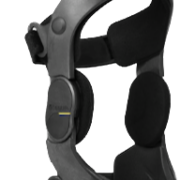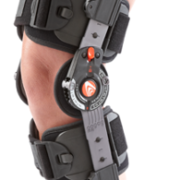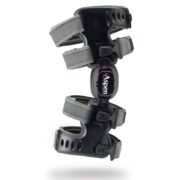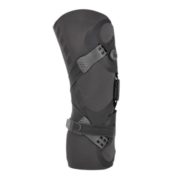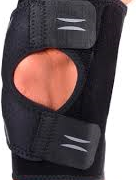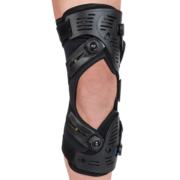PCL Injuries
Since the PCL plays a central role in mobility, PCL injuries can cause a dramatic reduction in your quality of life and range of motion. The posterior cruciate ligament or PCL is one of the key ligaments allowing your knee to move properly. While the anterior cruciate ligament or ACL is essential for preventing your femur from extending too far forward, your PCL prevents your tibia bone from extending too far backwards. While PCL injuries are generally less common than ACL injuries, they must be treated with the same seriousness in order to allow the ligament to recover properly.
What Causes a PCL Injuries?
There are a wide variety of things that can bring on a PCL injury. Many PCL injuries are caused by accidents or traumas. This could include a motor vehicle accident or an injury that is sustained during intensive physical activity (while playing sports, for example). Any motion that extends or twists the knee in an unusual way can also bring on a PCL injury. For example, hyperextending your knee while recovering from a fall or while squatting can cause injury. Any time your tibia is pushed out of place while your knee is bent could potentially cause a PCL injury.
What Are The Symptoms of a PCL Injury?
One of the most significant symptoms of a PCL injury is pain. The degree of pain that you may experience will depend on how severe the tear in your PCL is and what other parts of your knee may have been damaged. Your knee will also usually exhibit swelling around the injury (usually at the back of the knee).
Since the PCL is an essential ligament for stabilizing your knee while you are upright, many people with PCL injuries have difficulty walking normally. You may feel as though your leg is giving out if you attempt to put weight on your injured leg. This will be especially noticeable when you are attempting to do things like walk up or down stairs.
How Are PCL Injuries Treated?
Ligament strains are treated on a scale depending on their severity. Your physician will need to examine your knee to determine how serious your PCL injury is before deciding on an effective treatment regimen. The diagnostic process usually includes a physical examination, as well as an MRI scan or X-rays.
In some cases, PCL injuries can heal on their own if the tear is only partial. In fact, PCL injuries, unlike ACL injuries, have an excellent recovery rate. Full recovery takes some time Nevertheless, if you follow your physician’s guidance closely, you can expect to recover and return to your former level of activity before too long. Resting your leg, applying ice to the back of your knee, wearing compressive materials around the knee, and elevating your knee are effective conservative treatments.
Knee braces are an effective tool to help in stabilizing your knee. This facilitates healing and keeps your knee in place to reduce pain caused by a PCL injury. In combination with physiotherapy, your PCL will likely recover much faster.
Occasionally, surgery may be required to initiate the healing process. Surgery is usually necessary if you have injured other parts of your knee in addition to the PCL.
If you have sustained a PCL injury and your knee pain is interfering with your ability to do the things that you want to do, then discuss your situation with your physician right away. The team at Synergy Orthopedics will also be able to provide you with high-quality orthopedic devices to facilitate your healing and recovery process.
Accreditation
Synergy Orthopedics is a Medicare accredited company, as well as, independently accredited by the BOC Accreditation. At Synergy we take great pride in our Highly Rated Status as an accredited provider.

